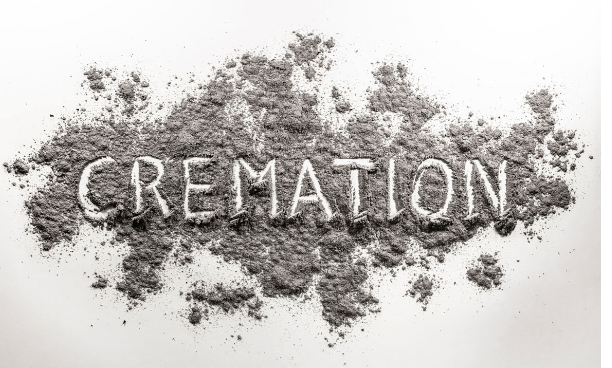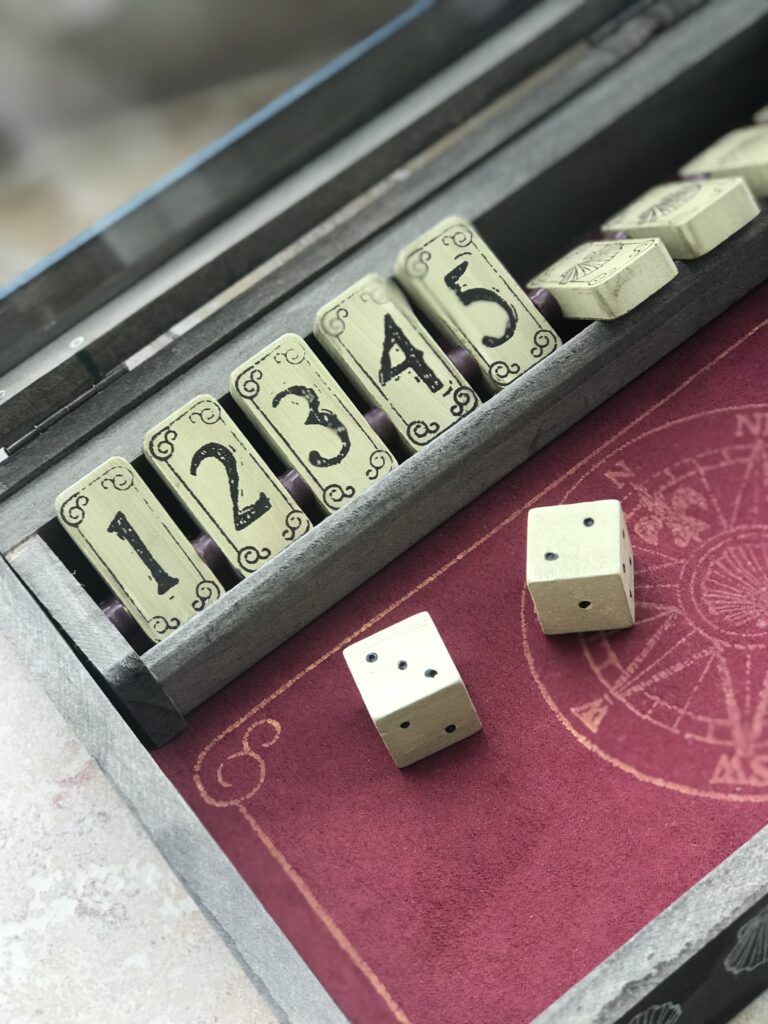Funeral resources & articles
Resource article categories:

Burial vs. Cremation: Things to Consider
Cheap Cremation, Cheap Funerals, Cremation News, Direct Cremation
January 9, 2024
5 Funeral Trends that are changing death care traditions as we know them
Direct Cremation, Funeral Industry, Funeral Planning, Home Funeral Care
February 4, 2023